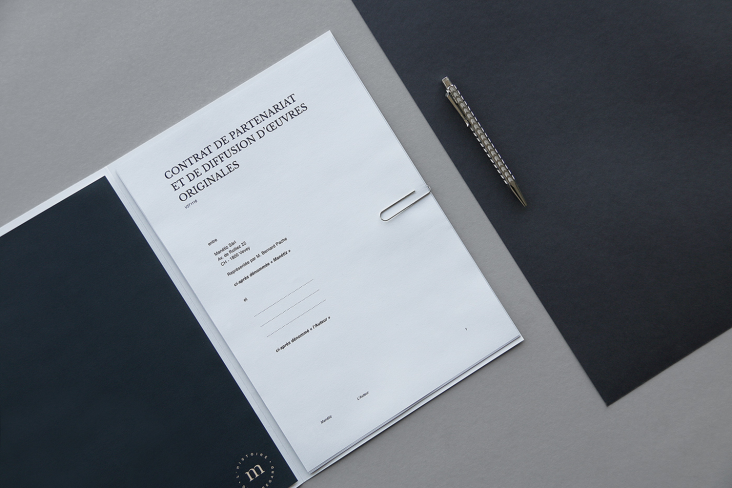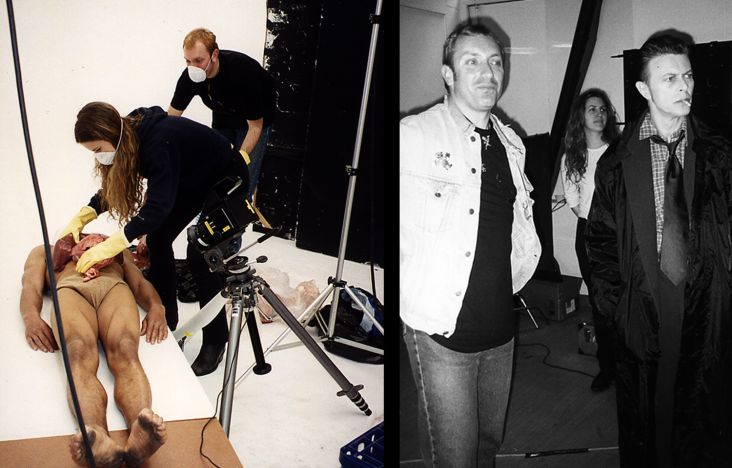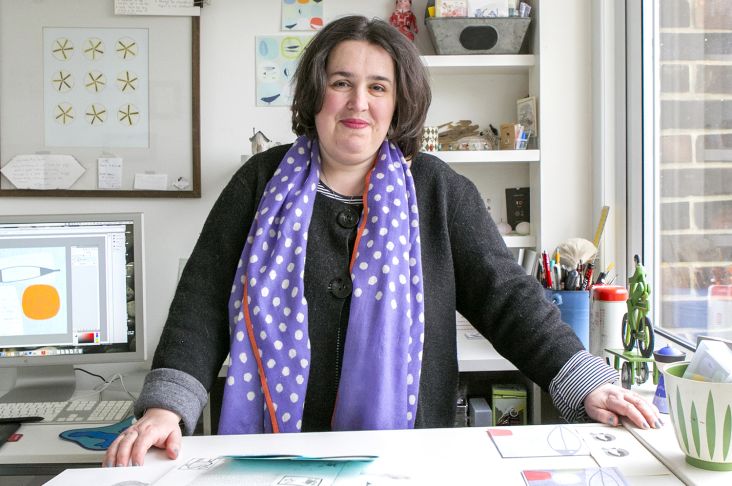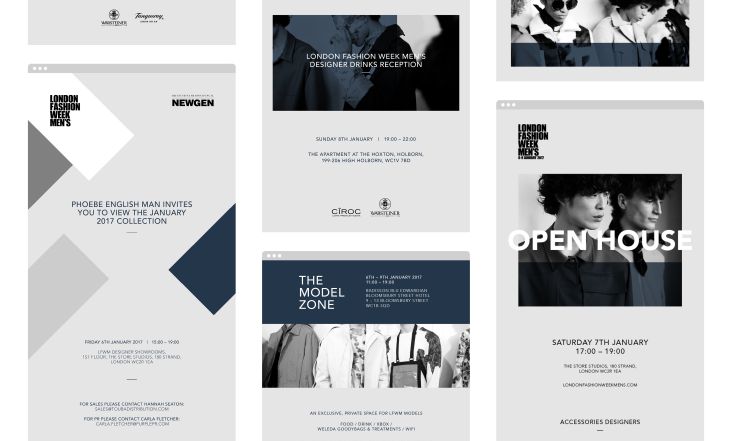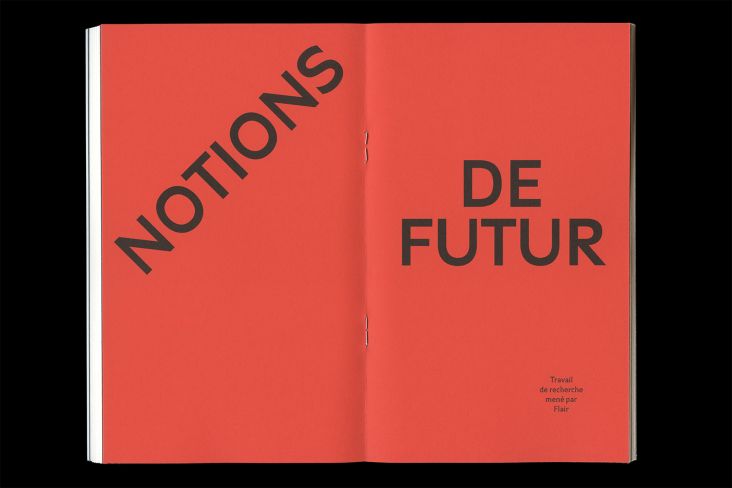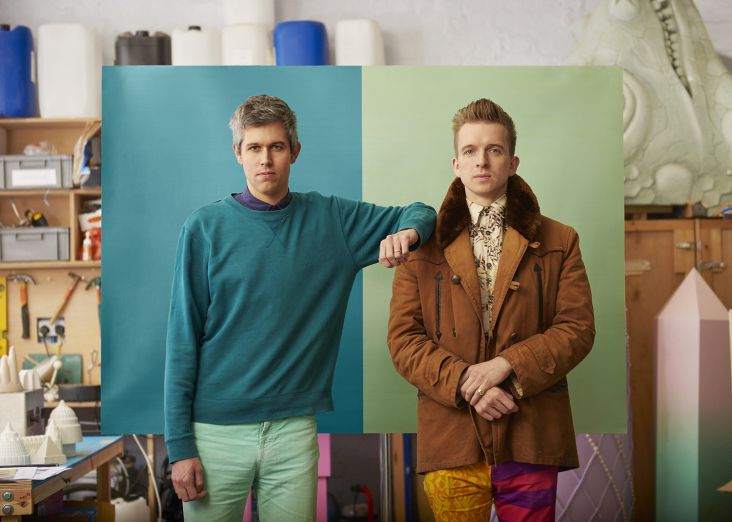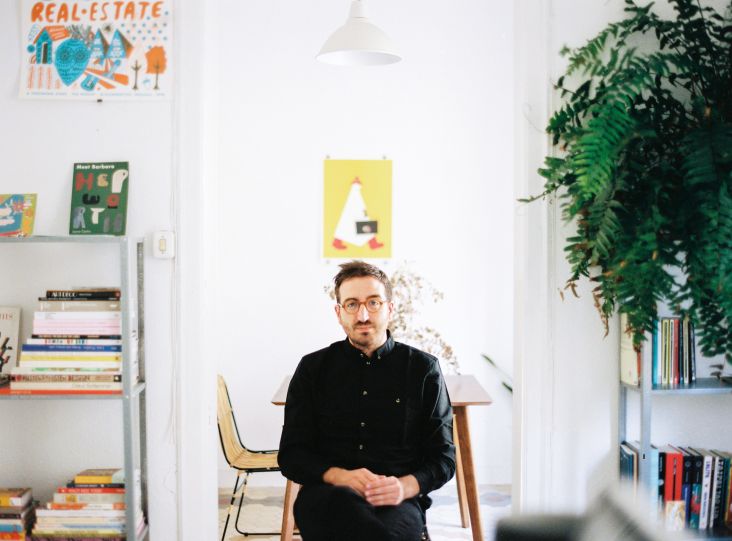Special Projects' Adrian & Clara Gaggero Westaway on secret briefs, ageism and magic
Special Projects is a design agency with a difference. Founded by inventor and magician Adrian Westaway and his wife and designer Clara Gaggero Westaway, the company combines the principles of user-centric design, an unfettered understanding of technological possibility and the gleeful surprise of a magician’s performance to create products and inventions that delight the user and radiate positivity.
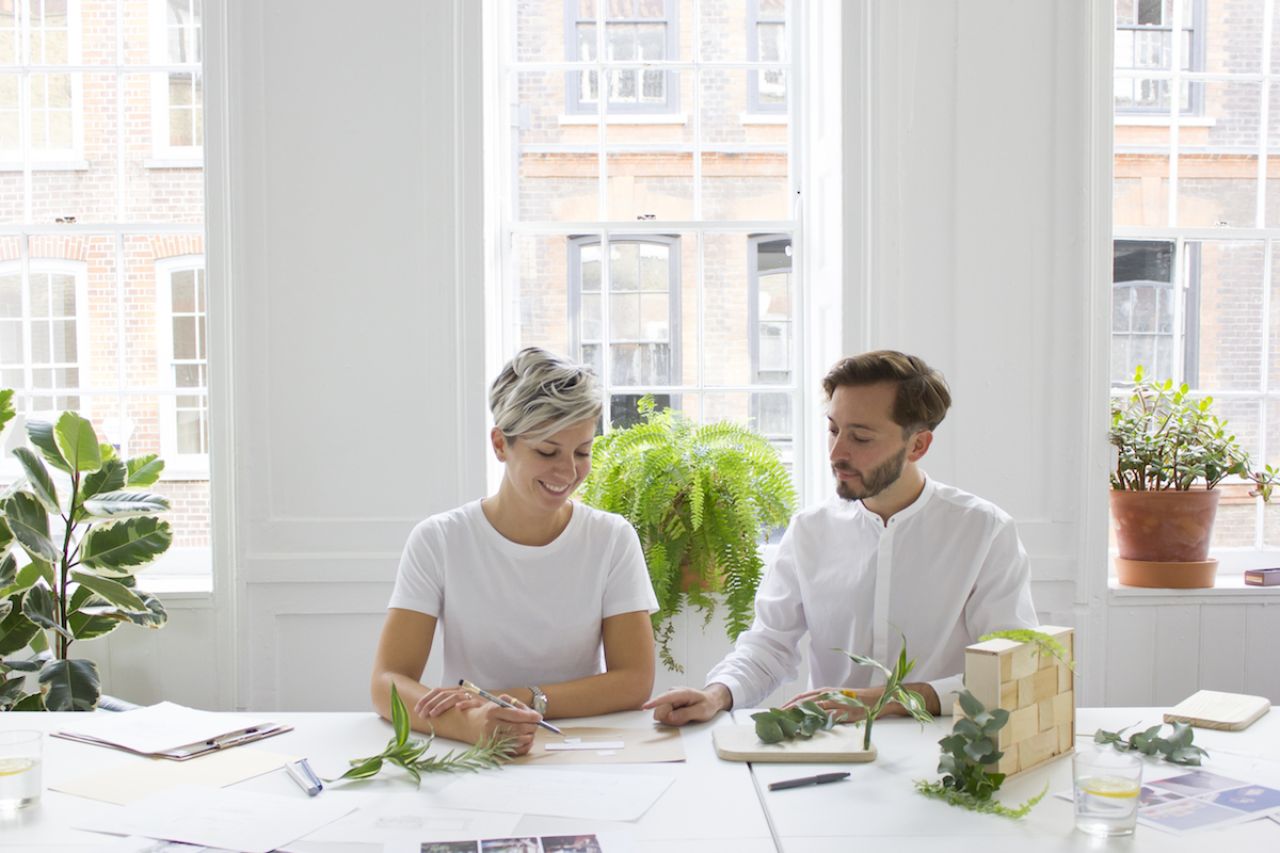
Having worked with Google, Samsung, and P&G, as well as earning multiple design awards for their projects, including their LEGO-based time-management tool, Bit Planner, we thought it was about time we interviewed the creative duo.
Tell us how you came to launch Special Projects?
Adrian: Clara and I co-founded an agency straight after college called Vitamins, working on all sorts of different inventions. We ran it until 2014, and then decided to take everything we learned and start Special Projects.
We were driven by the desire to work solely on special projects – where something completely new has to be discovered, invented, understood and designed.
The idea is that the name acts as a filter, and so far it’s worked really well with different clients entrusting us with their special briefs.
You describe yourself as 'user-centric'. Everyone has their method – how do you approach design with users in mind?
Clara: The end users are our muses. We involve them early on in the project to understand their deep needs and aspirations. Our design is rooted in human insights, without them there is no meaningful innovation.
We devote at least a third of our time to research and we hold off thinking about solutions for that entire time.
We always get out of the studio and involve extremely different people in the process, because the research needs to uncover inspiring and unexpected seeds for the design process.
As an example, when we were redesigning a weighing scale, we involved people with completely different approaches to weight, from acrobats to pregnant mothers, giving us an amazing perspective before starting the design.
Aside from considering the user, what makes great design?
Adrian: There are so many elements which come together to make great design, from mastering the technologies and the materials through to streamlining the production process.
Because of our background in magic we are interested in the narrative and user experience, which is often the invisible work that goes on behind the scenes to make people connect with a product.
It's intangible and difficult to describe, but absolutely essential.
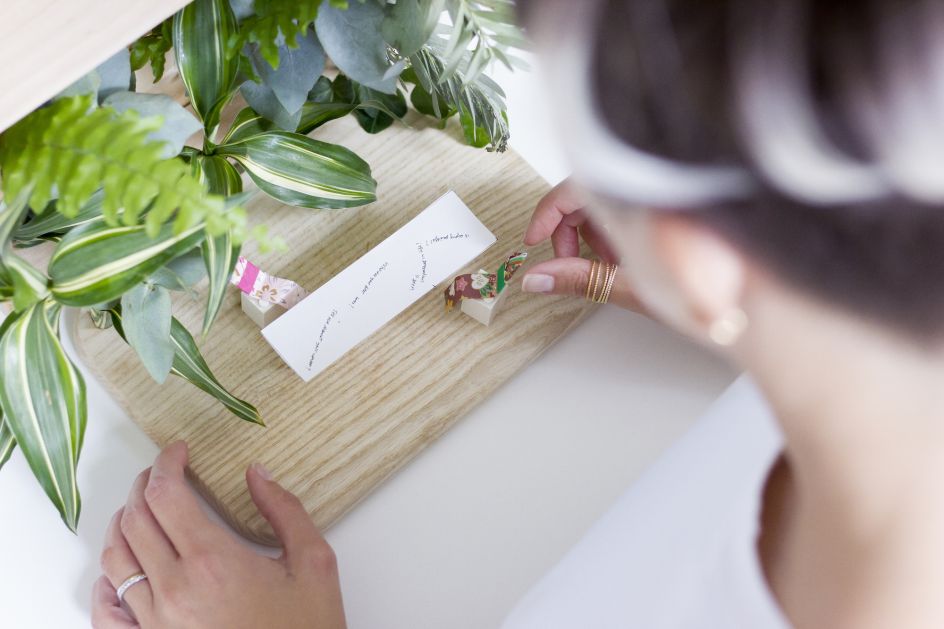
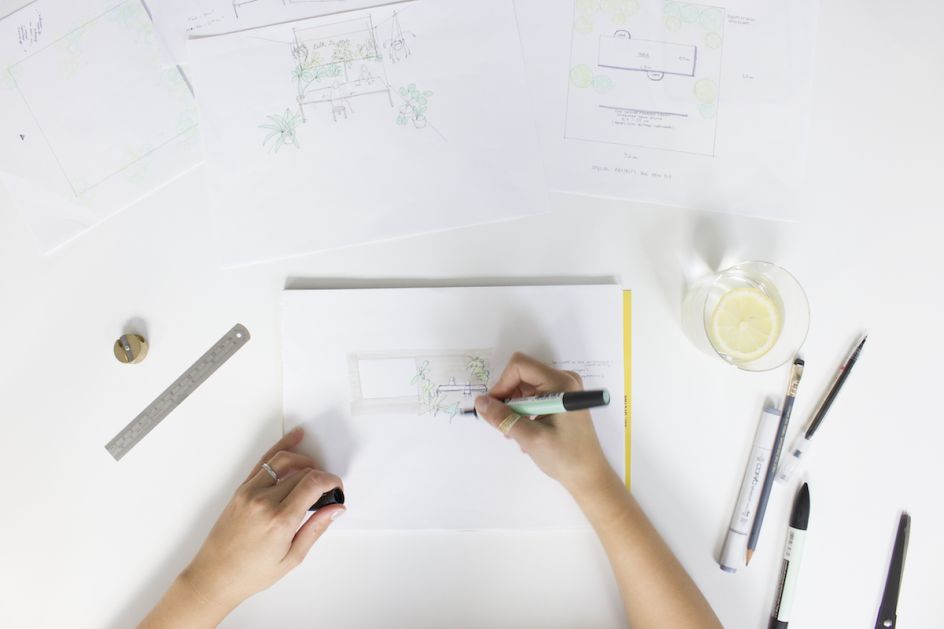
Any proud recent projects you can share?
Clara: We’ve spent 2016 working on some really exciting client projects around the Internet of Things, which is the idea of enchanting a familiar object through connectivity – it basically becomes magical!
We also designed a completely new theme park concept for an inspirational client, from the rides all the way through to the navigation and interactions between visitors. It was heavily inspired by immersive theatre productions by companies like Punch Drunk.
We can’t say more about this, I’m afraid!
We released a short project we made for ourselves called Missing Pages, which reimagines flat pack furniture instruction manuals. We were trying to expand the user experience after building, say, a bookshelf.
Most people get there in the end, but all sorts of things can happen along the way, from back pain to couples arguing. These missing pages aim to address those parts of the experience in a playful way – you can download them here.
You're going to be taking part in the sequel for Jeremy Myerson's New Design for Old at the new Design Museum...what will it entail?
Clara: We’ve been asked to contribute a special installation for the exhibition along with some amazing studios: Konstantin Grcic, Industrial Facility, Yves Behar, IDEO and Priestman Good.
Our brief was to overcome stigma around ageing. Rather than designing an object, making a film, or just telling visitors about older people, we thought the best way to learn about ageing is to actually have the opportunity to spend time with older people. So we’ve been working closely with the Design Museum to arrange for an incredible team of over the seventies to come to the museum and sit at a special table. Members of the public will be able to sit with them and ask any question they want, and then they will ask a question back in return.
All of the questions will be written down onto the specially designed table and we’ll be publishing a record of the questions asked between generations.
We’ve been doing practice runs in the museum all week and we’re very excited about this, it’s a touching and personal experience and the people who have volunteered their time are incredible and inspiring.
"As a member of the Magic Circle, I use the methods magicians use when creating illusions to make sure we create a deep, emotional connection in our products."
Do you think design can really help overcome stigmas?
Adrian: Absolutely, in so many ways – the problem is that often bad design creates stigma in the first place. If you just google “elderly phone” you’ll see hundreds of “simple” or “dumbed down” phones aimed at older adults.
These products just assume that because you are old, you won’t be able to use a smartphone so you should use something much simpler instead. If you spend time with older adults you’ll soon learn that everyone wants to use a smartphone, it’s just that the current ones are explained in such an awful way, and assume so much prior technical knowledge.
What has been bothering you the most recently, and how are you planning to overcome it?
Adrian: These are new challenges we want to get our heads around in 2017:
Data privacy: The Snowden revelations have had a huge impact on us as designers, as nowadays many of the products we dream up will involve user data in some shape of form. We think it’s incredibly important for public debate about privacy to happen as we invite more and smarter products into our lives.
A.I.: This is clearly a hot topic and as designers, it’s essentially a new material for us to learn and use. We hosted an A.I. dinner a few months ago with people from IBM, Nike, and Microsoft to try to learn how we can use this technology in our work – more on that soon.
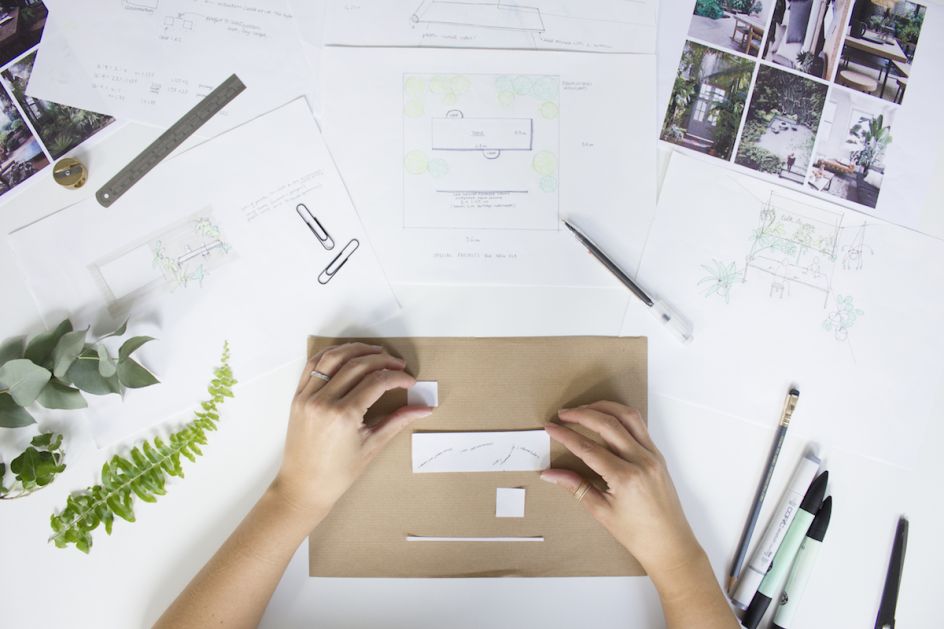
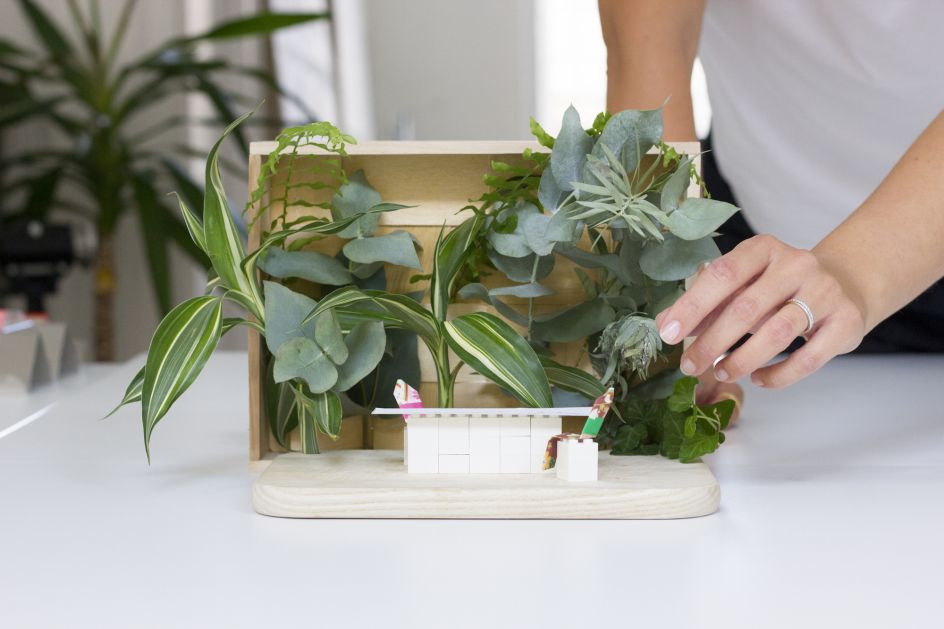
What would you say to people trying to get their first step on the career ladder?
Clara: Be enthusiastic, positive and eager to learn. Design is all abut constant learning and constantly improving yourself. You need to make sure you do everything you can to keep your thirst for knowledge and playful curiosity.
What bugs you most about the design industry? What would you change?
Adrian: For us, this is an easy question to answer – secrecy. We work on so many projects we are not allowed to share publicly for commercial and competitive reasons. It makes a lot of sense, but design is so emotional and we crave the ability to share what we’re working on with the world. We get around this by creating some of our own projects every now and then, but I would love an amnesty, at least in the design community, where everyone can learn from each other and share their learnings.
What was the last book you read?
Clara: Dieter Rams: As Little Design As Possible by Sophie Lovell.
Adrian: Homo Deus: A Brief History of Tomorrow by Yuval Noah Harari.
How do you find new clients?
Clara: Apart from Instagram and our website we don’t really market ourselves, clients usually come to us.
Any marketing secrets?
Clara: We always try to be ourselves and promote the topics close to our hearts, like magic and empathy. We absolutely care about the details of all the materials we share, so it’s more about quality than quantity with us.
"Good design should be universal, and should empower people of all ages and backgrounds – if we continue to segregate products into “old” and “young” then the stigma will just deepen."
Who's work do admire and why?
Clara: Elon Musk - because he thinks so big and makes you feel like anything is possible. With the current situation around climate change, it’s fortunate to have such a powerful person championing renewables. Nendo – for the purity of Oki Sato designs. And Karl Lagerfeld – for his never ending creativity.
Your design values are focused on empathy and magic. Can you tell us more?
Adrian: We design for people, so understanding how they will react emotionally is fundamental. It turns out that magicians are incredibly attuned to the way that humans react to things – so much so that they can literally whisk them away into a magical world using simple words and objects.
We find this fascinating and we use the thought process of magicians as a way of designing the experience around the products we create – to make them resonate deeply with people.
Because we use technology so much, we often want to conceal the inner workings so that a user can focus on the experience at hand. This is exactly what magicians have to do.
What lesson in life has inspired you the most?
Clara: To not be afraid of simplicity.
What can we expect next from Special Projects?
Adrian: We’ll be continuing our quest to transform ordinary products into extraordinary, magical experiences, and try to bring positivity and delight into 2017!
We’ve also been working very hard on an invention called the Bit Planner which we hope to release into the wild next year, it turns ordinary LEGO bricks into magical internet connected bricks to help you plan your time.
On 12 January 2017, Special Projects will unveil Exchange, an interactive installation at the Design Museum designed to spark human connection and foster intergenerational understanding. In the meantime, you can discover more about the creative duo by visiting their website: specialprojects.studio.
All images courtesy of Special Projects

















